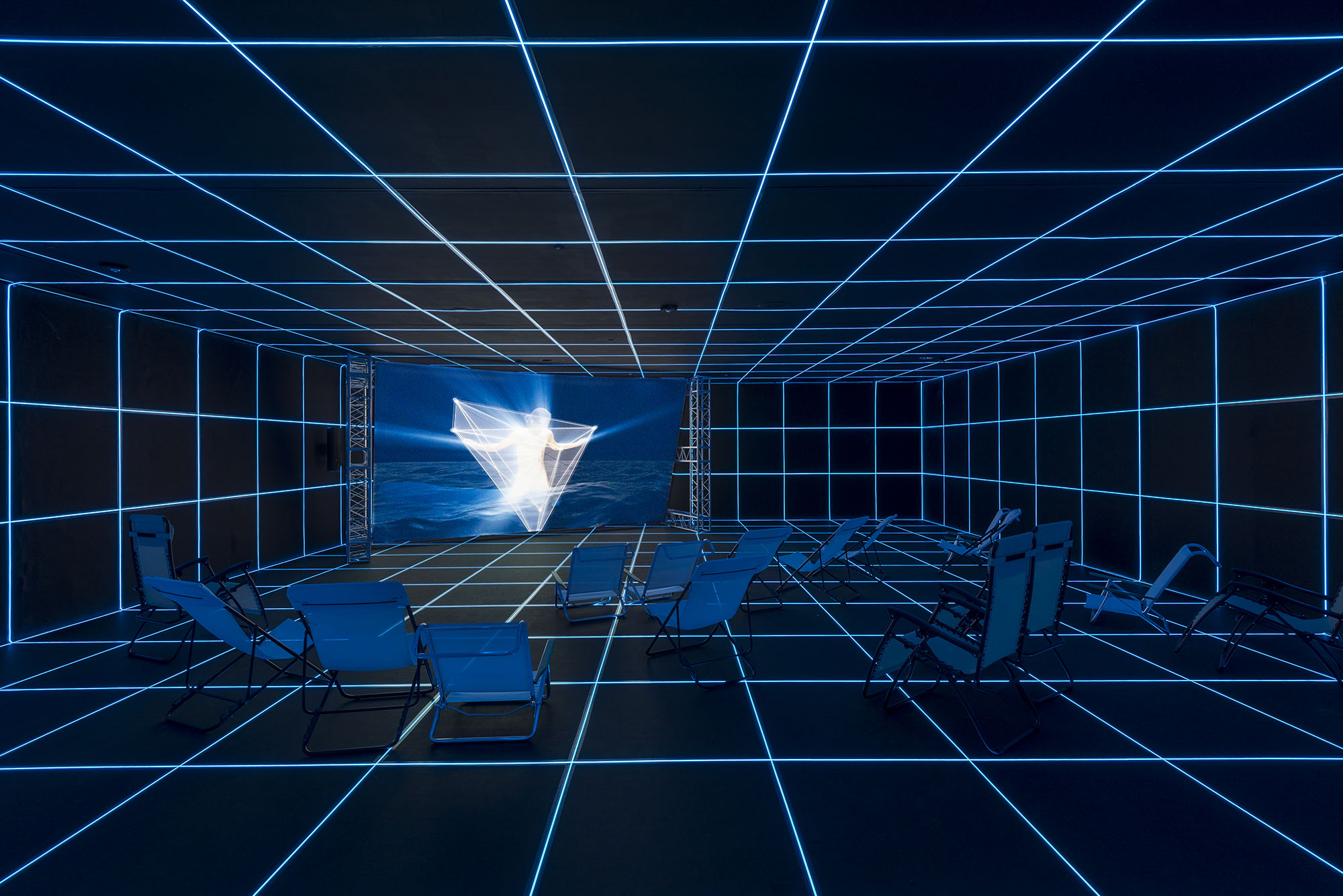Digital Art in the Cyberspace
“ Can professional art survive the extreme democratization
of media production and access ? ”
This question asked by Lev Manovich in his article The Practice of Everyday (Media) Life started, in 2008, a discussion on the issues of technological accessibility in the art eld. Even if he answered his own question with a firm yes, reflexion on this subject is still actual today since there are still unanswered questions on the impacts of this democratization attaining a population and a variety of technological objects going further and further; thereby merging art and trends of all kinds on immaterial networks.
It becomes increasingly common to document our lives everyday with photos and videos addressing to a large auditory that we often do not personally know. In order to build and maintain a certain branding, and to promote ourselves, this documentation also often implies aesthetic considerations.
Riot by Mark Napier
In 2016, Lev Manovich published a research on his interpretation of Instagram images of the most popular account internationally, concluding that each image was, in fact, a unique form of creation, different of the traditional forms by its union of design, photography and the idea of mood.
Even if this affluence of beautiful images on the web is mostly pleasant for creative people who look for inspiration on the same networks than those where they post, thereby serving an infinite wheel of tastes and trends, the overproduction of aesthetic images could be a danger for digital art and for its reception since it could become harder to make the difference between what is art and what is pure artifice.
Hito Steyerl
Good examples of this phenomenon are post-internet and vaporwave trends, taking for the good part, visual styles that come from the artworks of pioneer artists of net art like Mark Napier for example. References to the lo-fi styles of Jon Rafman, Hito Steyerl, and Camille Henrot, are also abundantly found in the visual production on the web; making difficult the understanding of the artworks. The reappropriation of visual characteristics coming from the work of those artists blurs the barriers between art and aesthetic, and depreciates in a certain way those images by freezing them in artificiality.
You Are Standing in an Open Field (Waterfall)
Jon Rafman
In a world where the transmission of ideas and images is immediate on social networks, what we can consider as artistic experimentation in the physical world can quickly become an aesthetic trend through a single post on Facebook. The risk of this reality is that images referring to real research and artistic approaches could be depreciated and lose their meaning because of the abundant flow of images reproducing their visual characteristics in order to define visual identities that are not linked to the art eld.
Head image: Factory of the Sun by Hito Steyerl









